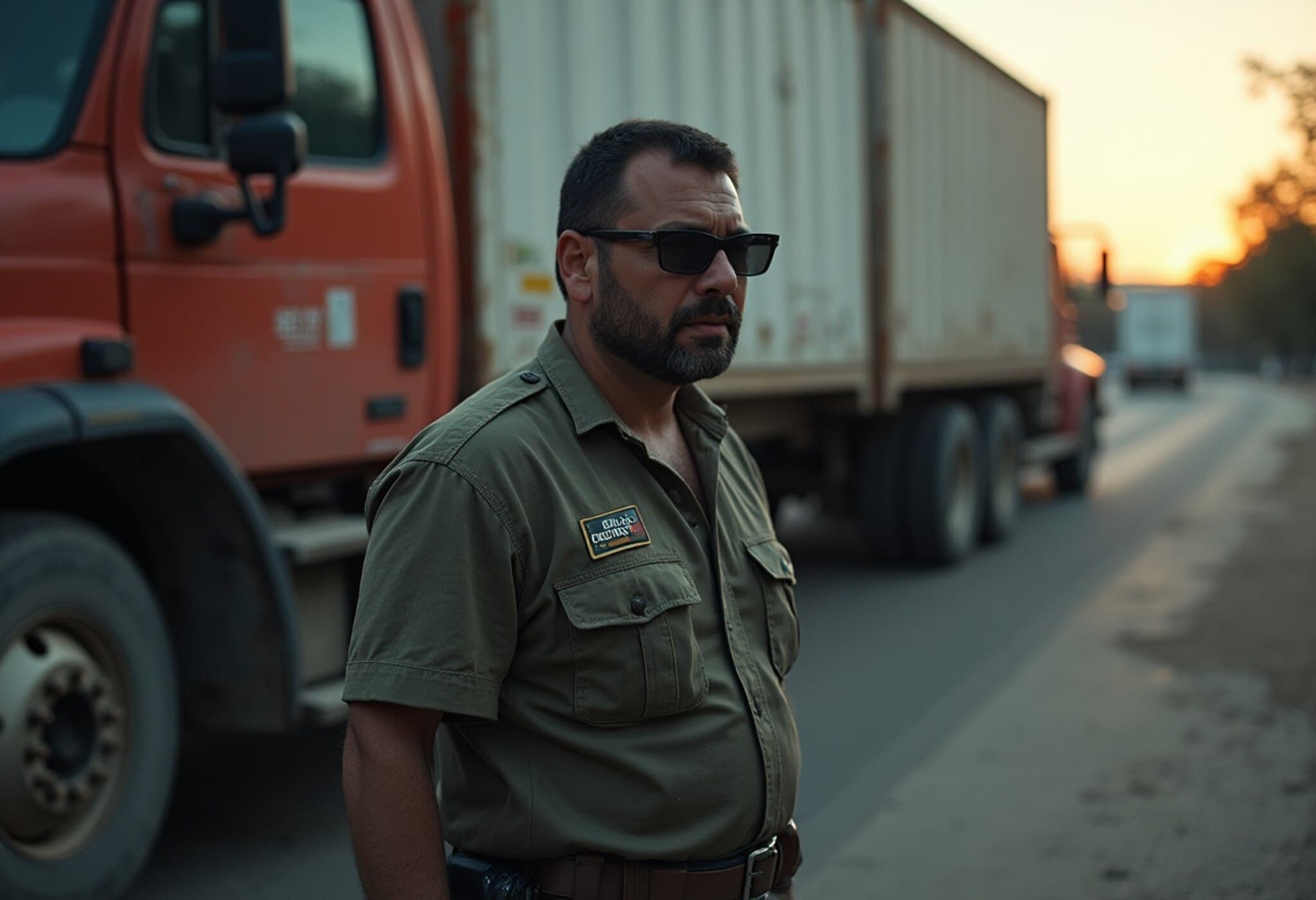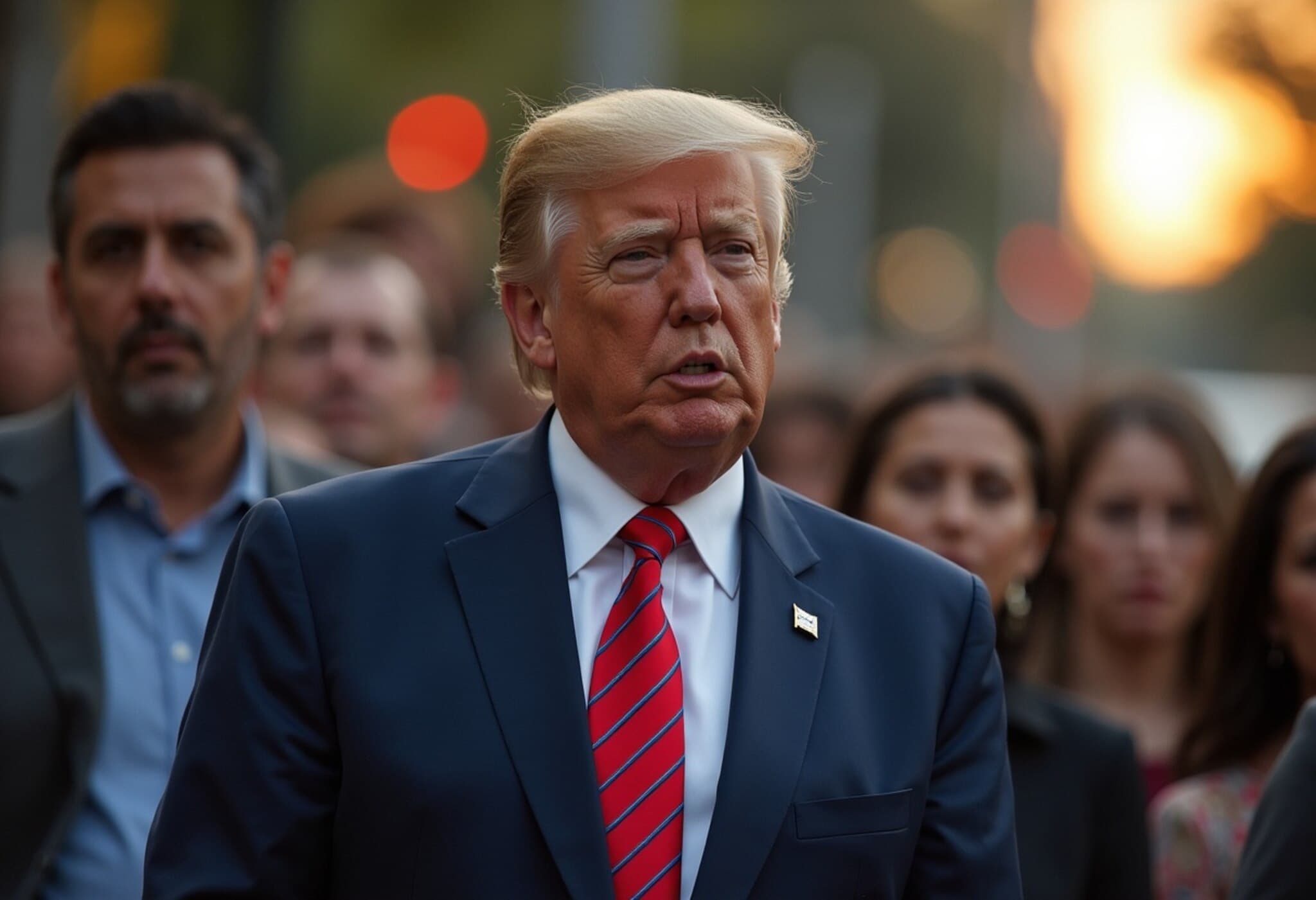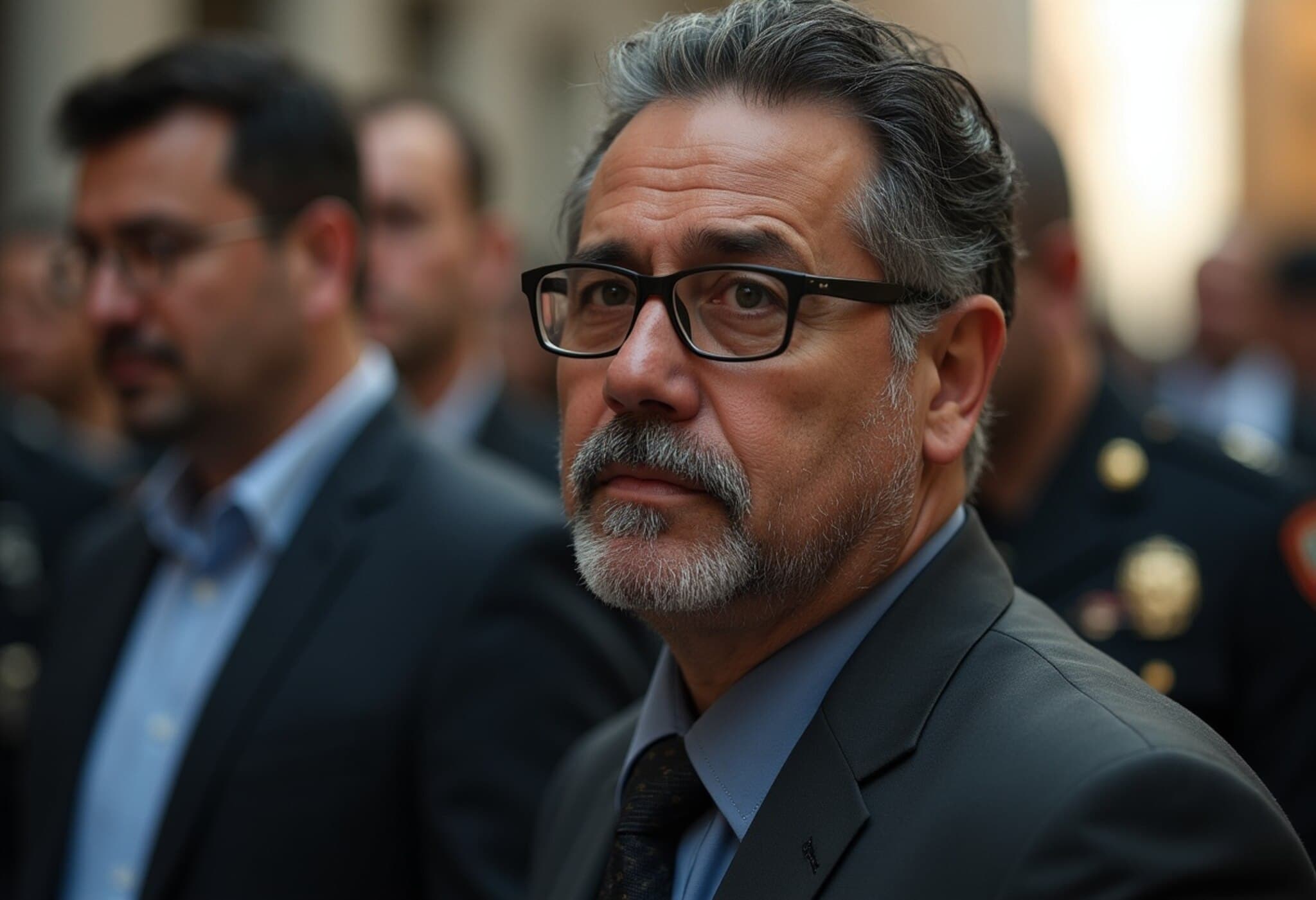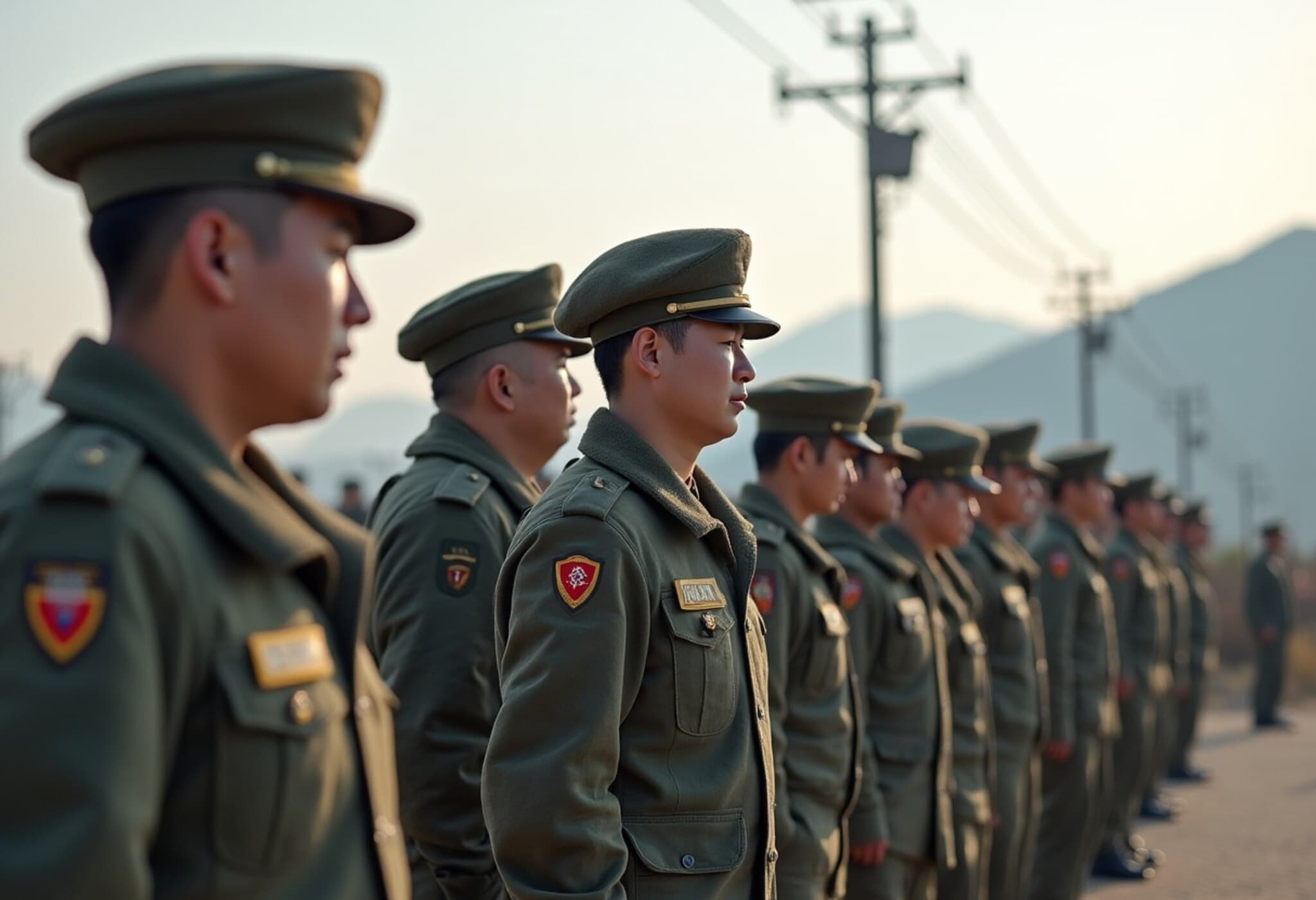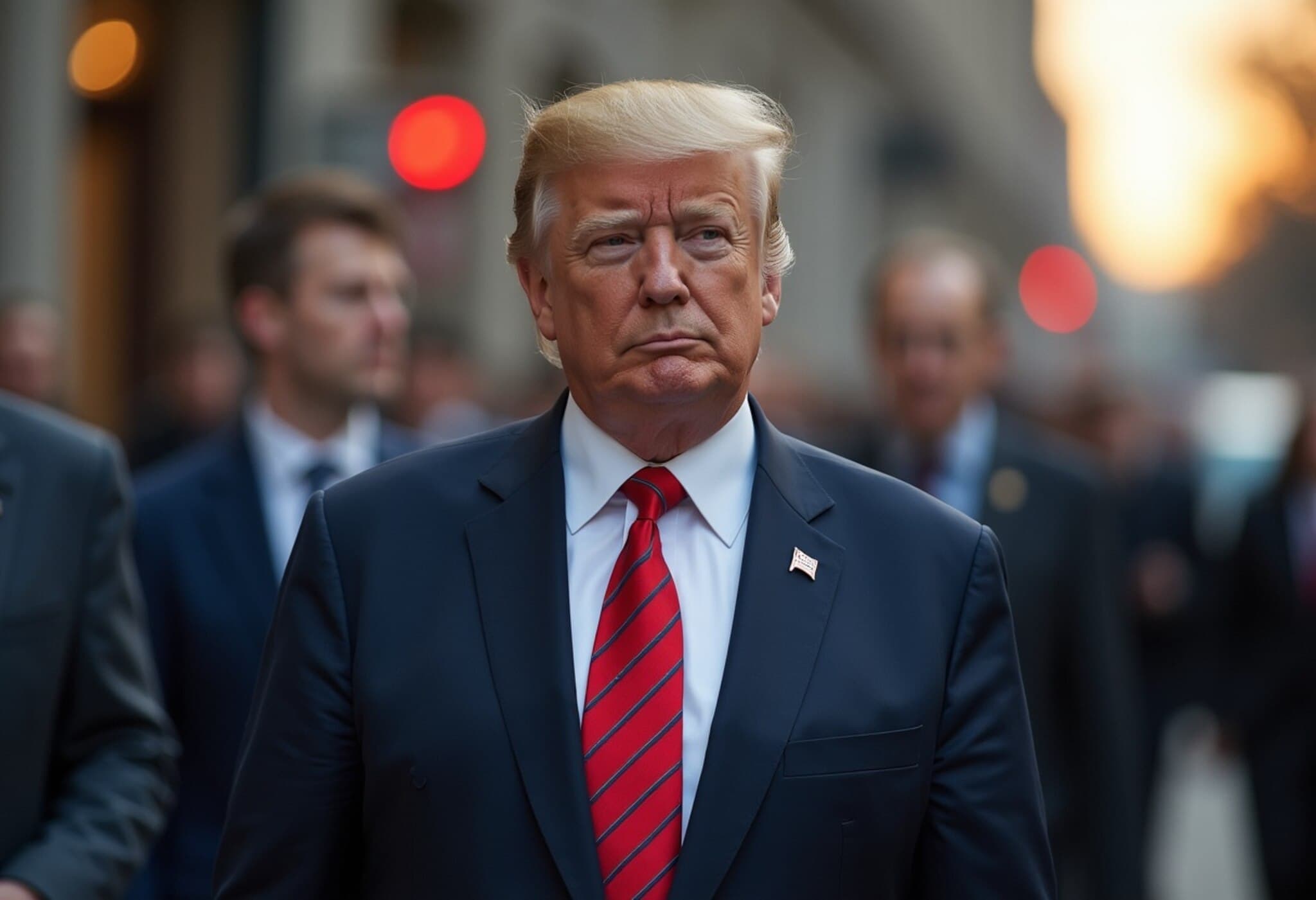Unveiling the Hidden Pathways of Fentanyl Trafficking
In the shadows of Culiacán, Sinaloa, one of Mexico’s drug trade epicenters, reporters have shed light on the intricate and dangerous methods the Sinaloa Cartel employs to smuggle fentanyl into the United States. This synthetic opioid—highly potent and lethal—has become the centerpiece of a fierce battle involving cartels, law enforcement, and governments on both sides of the border.
The Art and Risk of Concealment
Under the cloak of darkness, a 58-year-old mechanic turned drug packer meticulously prepared shipments, wrapping six packets of fentanyl in aluminum foil and carbon paper before spraying them with a chlorine-scented liquid. This multi-layered concealment tactic seeks to evade not only drug-sniffing dogs but also standard X-ray detection technologies along border checkpoints.
The mechanic, whose career spans over two decades of packing drugs from cocaine to methamphetamine, shared the growing peril in his work. “This is the most dangerous time I’ve ever known,” he admitted, reflecting the intensified crackdown coordinated by U.S. and Mexican authorities. His hope? That this risky chapter would soon close.
Sinaloa Cartel: From Powerhouse to Survival Mode
The Sinaloa Cartel once operated with near impunity, commanding vast territories and lucrative drug corridors. However, recent political and law enforcement pressure—accelerated under former President Trump’s declaration to “crush the fentanyl trade”—has triggered a strategic shift. The cartel now adapts quickly, innovating smuggling methods and using lookouts to guard routes leading to the U.S.
Through layers of secret compartments in vehicles and vigilant surveillance on smuggling corridors, the cartel maintains its grip on the fentanyl pipeline despite heightened risks.
Expert Insight: The U.S.-Mexico Dynamic
Fentanyl’s rise is emblematic of broader challenges in U.S.-Mexico relations, blending public health crises with national security. Policy analysts note:
- Demand-driven flow: The opioid epidemic in the U.S. creates relentless demand for fentanyl, incentivizing cartel innovation and risk-taking.
- Cross-border cooperation: Enhanced intelligence sharing and joint operations have pressured cartels, but complex political considerations often hinder sustained action.
- The legal and humanitarian dilemma: Policies focusing solely on enforcement risk overshadowing prevention, treatment, and economic opportunities in affected communities.
Effective solutions require a nuanced, multi-sectoral approach that addresses the supply chain's root causes and the socioeconomic factors driving addiction.
Underreported Narratives: The Human Toll Behind the Trade
Beyond the operational details lies a murkier reality: the human cost of fentanyl smuggling and overdose deaths ravaging communities nationwide. The journey of these deadly packages represents countless lives devastated by addiction, and the shadow economies that entangle families on both sides of the border.
Understanding the smuggling chains offers a window into complex socioeconomic webs—highlighting the urgent need for compassionate public health interventions alongside robust enforcement.
Key Takeaways:
- Fentanyl smuggling involves sophisticated concealment making detection increasingly difficult.
- The Sinaloa Cartel remains resilient, innovating despite increased cross-border crackdowns.
- A holistic policy response must balance enforcement with public health and social support measures.
Editor’s Note
This investigation peels back the layers of complexity surrounding fentanyl trafficking from Mexico into the United States. It raises critical questions about the efficacy and humanity of current policies, inviting readers to consider how demand, supply, and societal factors intertwine in the opioid epidemic. Vigilance, innovation, and empathy must guide efforts to curb this crisis—not only at the border but within every community touched by addiction.

